 An international poetry book review series
An international poetry book review series
Series Editor:: Aryanil Mukherjee
|
POEMS FOR THE MILLENNIUM - I
Edited by Jerome Rothenberg & Pierre Joris
Tyrone Williams
Poems for the Millennium, Volume One: From Fin-de-Siècle to Negritude, edited by Jerome Rothenberg and Pierre Joris (University of California Press, 1995).
The impossible task of the international anthologist, like that of the encyclopediast, depends, in part, on the objectivity of an idealized scientist and the aesthetic breadth, however subjective, of the cosmopolitan. How to render encyclopedic breadth, even within the delimited parameters of periodization and aesthetic-political movements, when “taste,” however worldly, must intervene? The traditional response of anthologists has been to acknowledge the inevitable limitations, shortcuts and outright omissions in the introduction. Jerome Rothenberg and Pierre Joris, as capable internationalists as we have in the United States of America, are eminently qualified to attempt the impossible. Both are renowned translators, anthologists and poets. They tackle the immense problems they faced assembling this anthology head-on, and though Poems of the Millennium: Volume One is indeed exceptional in its breadth and historical contextualizations, one of the very best of its kind, part of the pleasure of reading slowly and carefully through an anthology like this is not only rediscovering old pleasures (Apollinaire, Mallarme, Césaire, Damas, Trakl, Radnoti, etc.) while discovering new ones (Dario, Huidobro, Benn, Glatshteyn, etc.), but also in weighing the consequences of choices forced upon, or decided by, the editors.
For example, the decision to include only a brief note on, as opposed to an excerpt from The Waste Land, might strike the casual reader as curious. Even if one agrees that this poem is “[m]uch anthologized” and “readily available…in many representative anthologies of American modernism,” its omission is still problematic in an anthology devoted to international modernism. The introduction makes it clear what is at stake in this anthology: in situating Negritude, “along with the ‘Objectivist’ line of Williams, Pound and Zukofsky as our culminating movement,” Rothenberg and Joris have consciously tried to correct or balance the Anglo-Saxon biases of the Norton anthology tradition. For those well versed in modern poetry and poetics this particular reorientation of how we imagine or conceive of modernism makes perfect sense. But if we think of this anthology as a way to introduce undergraduate (or, sadly, graduate) students to modern poetry, it is clear that the conscientious pedagogue fares no better with this anthology than she would if she were armed with a more or less comprehensive Norton or other trade market anthology. The resourceful teacher would need to do what she has learned to do well—create a course-pack, though with publishers and heirs enforcing stringent or, in a few cases, non-existent, copyright laws, the course-pack as such may well be an endangered species. More curious, at least initially, is a note regarding the omission of work by the little-known British modernist poet David Jones. The only hint regarding the basis for its exclusion is given in the opening “introduction” to the commentary on Jones’s work: “The reader’s attention is called to David Jones’s In Parenthesis (1937) & to his The Anathemata: Fragments of an Attempted Writing (1952), both published by Faber & Faber.” (599) Assuming that “the works’ difficulty & gnarledness” cannot possibly be the reason for its exclusion from a volume that features a healthy selection of Dadaist, Futurist and Surrealist writing and art, one may surmise that the apparently superfluous reference to the publisher is not only a helpful citation but also, perhaps, a hint that Faber & Faber’s copyright fees for republication were prohibitively high. Of course, Rothenberg and Joris acknowledge this problem in general in their introduction when, referring to certain omissions from the anthology, they note that “the economics of republication have forced the elimination of work to which we can only refer (if at all) by way of commentary.” (13)
These two acknowledged absences—and the absences I do not notice—make this as ethical and necessary a project as the recovery of primary texts by diligent artists and scholars. And the relationship between ethics and aesthetics shape the decision to demonstrate the necessity and arbitrariness of the categories the editors use to organize the selection. Interestingly, both the subtitle, Volume One: From Fin-de-Siècle to Negritude, and the three “galleries” into which most of the anthology is divided echo the title of the last book published by Melvin B. Tolson during his life, Harlem Gallery: Book One: The Curator. The visual art metaphor, to say nothing of the prominence accorded the French and Spanish , Francophone and Iberian influence, reorients the chronological/periodization tendency that afflicts all “histories” to showcase the spatial/geographical contacts and influences, emphasizing the disproportionate influence French and Spanish art had on their respective “colonies,” especially on the African and American continents. Moreover, the framing of these galleries with “Forerunners” at the beginning and “A Book of Origins” at the ending of the anthology pays tribute to how we actually historicize, how we always work “backwards,” to say nothing of working “sideways.” In terms of the actual organizational features, then, some of the same poets appear throughout the anthology in different sections; Tristan Tzara, for example, is an important link between the “end” of Dada and the “beginning” of Surrealism. Chronology is not erased (doing so would be another form of mystification); as the Anglo-Franco From Fin-de-Siecle to Negritude indicates, Rothenberg and Joris imagine history as a kind of vortex in which galleries spiral “up” and “down,” blending in and out of one another. In including Pound rather than Eliot, an excerpt from The Cantos (also readily available) rather than one from The Waste Land, the editors valorize Pound’s concept of history, however problematic, over Eliot’s precisely because, one presumes, it not only opens the West to the East and, pace Pound, delimits the Museum to make room for the galleries of the subaltern, but also opens up another conception of the West—precisely indigenous and Iberian—to challenge the hegemony of the Anglo-Saxon conception of the West.
Of course, for poets and visual artists trained in one way or another (academia is only one of the methods of induction into the history of poetics and poetry) the concept of “movements” appears inescapable as a tool (if not the only tool) to make sense of—to historicize, to anthologize—the sprawl that is human poetry. So what does this anthology tell us about modernism, that peculiar mode of poetry? Outside of specific poets, probably little that we did not already know. From French Symbolism and Dada to Surrealism and Futurism the concept of modernity (that is, in the West, since about the 16th century) as falsity, as a veil, as false consciousness, etc. implies a belief in an ultimate, if unobtainable, “reality,” however defined as a mode of psychology, political organization, ethnicity, race, gender, sexual orientation, and so forth. Indeed, as the editors remind us, perhaps only the “Objectivist” project, with its all-important qualifying quotation marks, escapes this de-mystifying-but-mystifying tendency in the modern era. The pseudo- or “real” scientism underlying so many of the assumptions of these various aesthetic-political movements was under critique almost from the moment they appeared and thus, in a perhaps surprising way, the “Objectivist” project (Zukofsky would not have been comfortable with converting it into an “ism”) resembles the original tenets of what came to be called New Criticism. Were it not for its annexation by the research university in the wake of World War II, the Korean and Vietnam “conflicts,” and the G.I. Bill, its anti-scientism, however linked to an Eliot-esque elitism (but then he mocked the New Critics even as some held his poetry and criticism up as standard-bearers), might have also provided an important corrective to the projections of the “real” as invariably “elsewhere.” Fortunately, thanks to Rothenberg and Joris, we have a sampling of exactly where such a project would have led in the practices of poets like Frances Ponge, Leon Damas, Melvin B. Tolson, Edward Jabes as we read them next to poets like Miyazawa Kenji, Gunnar Ekelof, and Wen Yiduo. The “internationalism” that has so often been seen as a central attribute of modernist poetry is, of course, unthinkable, indeed, inconceivable, without the other attributes of modernity: slavery, colonialism, industrialism, literacy, nationalism and urbanization, just to name some of the obvious ones. We glean these larger contexts through the mini-introductions and commentaries Rothenberg and Joris provide for both the galleries and the “biographies” of the poets. After reading this anthology it is impossible not to have a better sense of some of the international dimensions and crosscurrents that constitute modernist poetry.
POEMS FOR THE MILLENNIUM - I edited by Jerome Rothenberg & Pierre Joris.(University of California Press, 1995), 800 Pages


|
Tyrone Williams teaches literature and theory at Xavier University in Cincinnati, Ohio. An experimental poet of a rare breed, Tyrone has authored two books of poetry, c.c. (Krupskaya Books, 2002) and On Spec (Omnidawn Publishing, 2008)and a number of chapbooks including AAB (Slack Buddha Press, 2004), Futures, Elections (Dos Madres Press, 2004)and Musique Noir (Overhere Press, 2006).
|
|
|
BOOKS
|
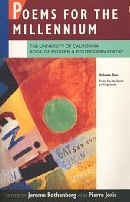
POEMS FOR THE MILLENNIUM-I
|
|
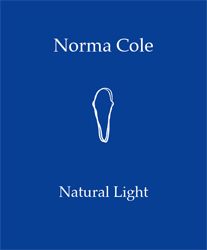
Natural Light
|
|
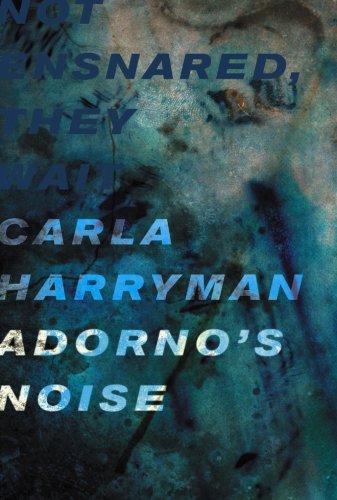
Adorno's Noise
|
|
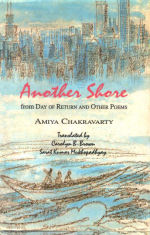
Another Shore
|
|
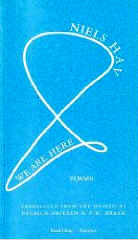
We Are Here
|
|
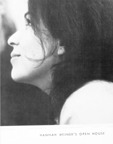
Open House
|
|

THE PINK
|
|
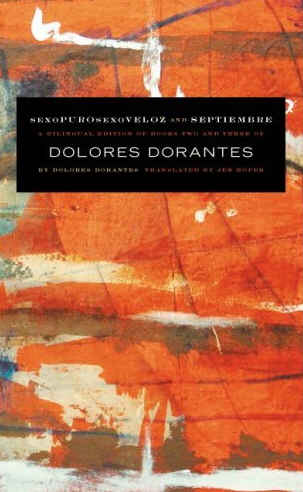
SEXOPURO SEXOVELOZ/SEPTIEMBRE
|
|

Poems from Guantánamo
The Detainees Speak |
|
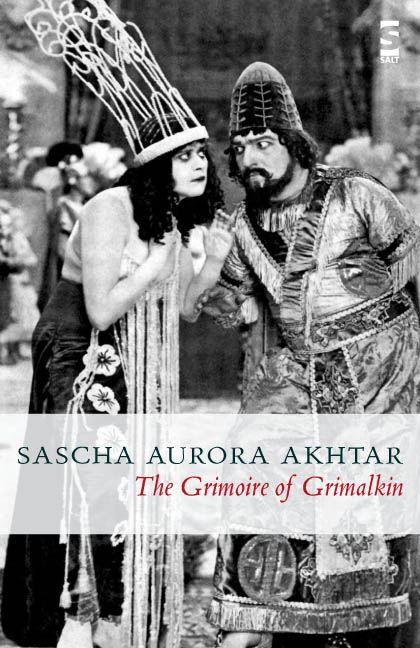
Grimoire of Grimalkin
|
|
|




